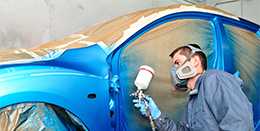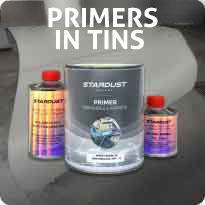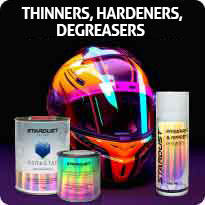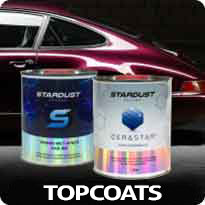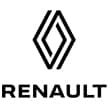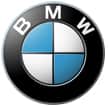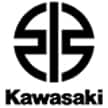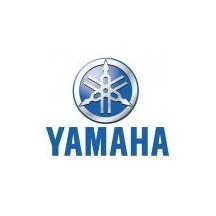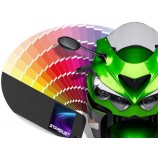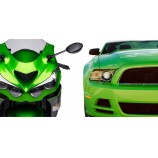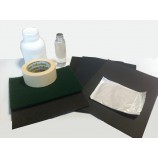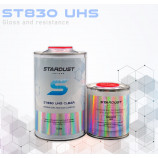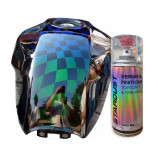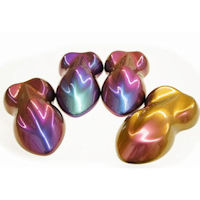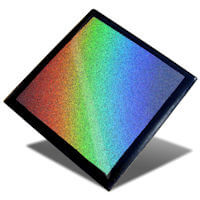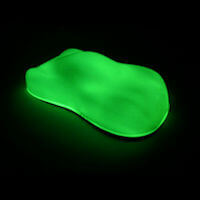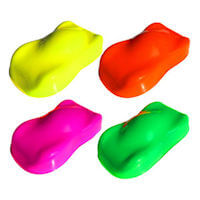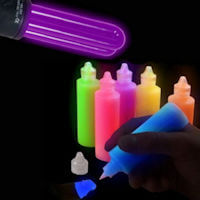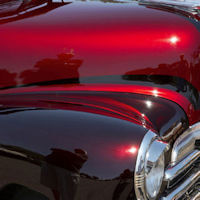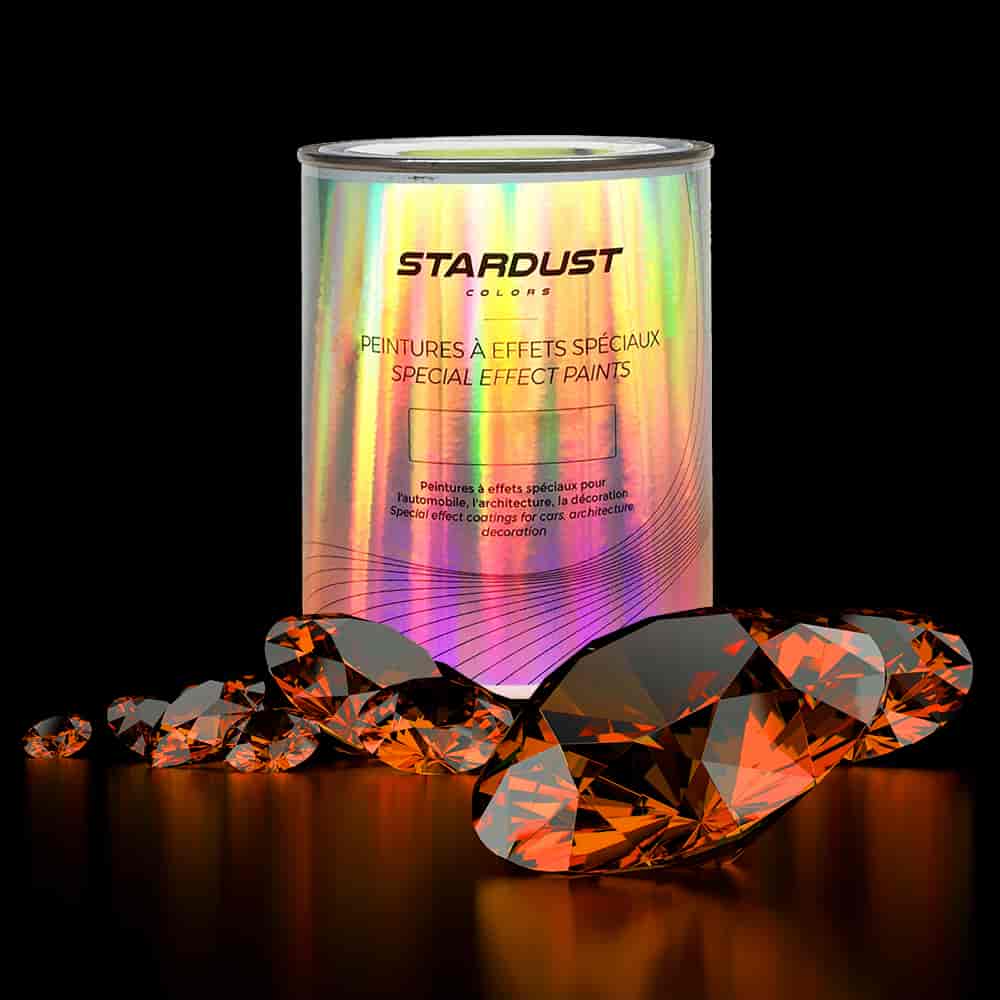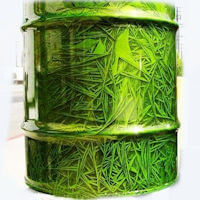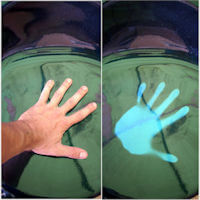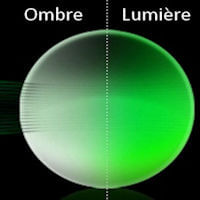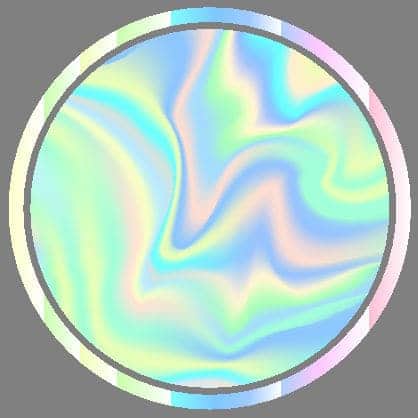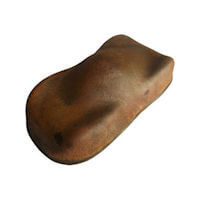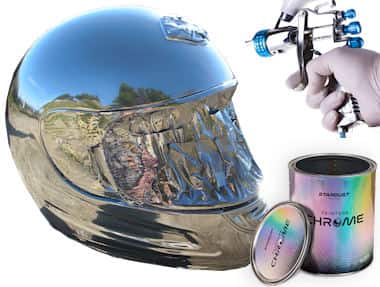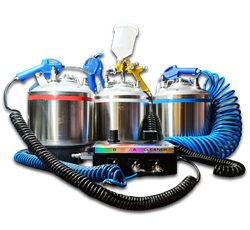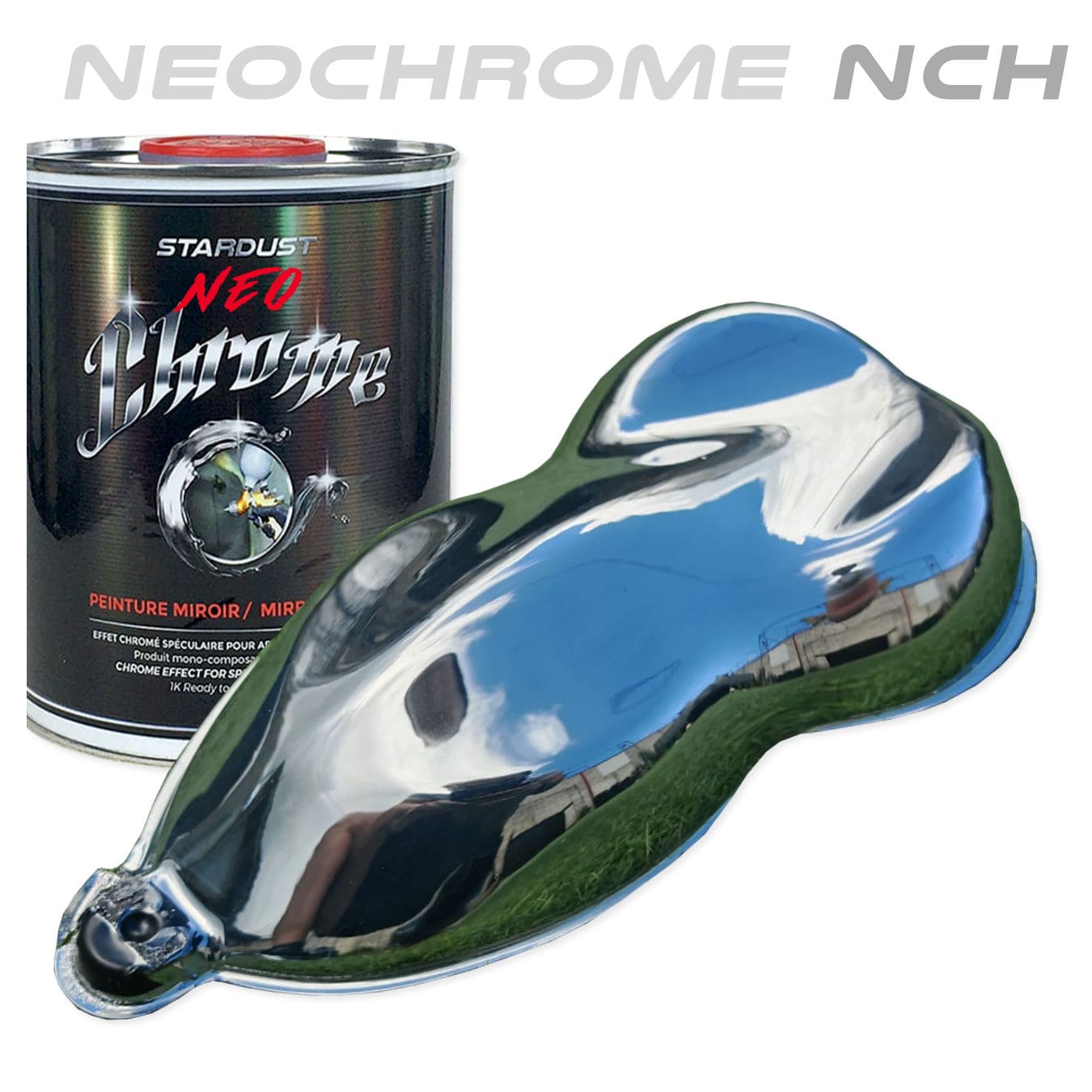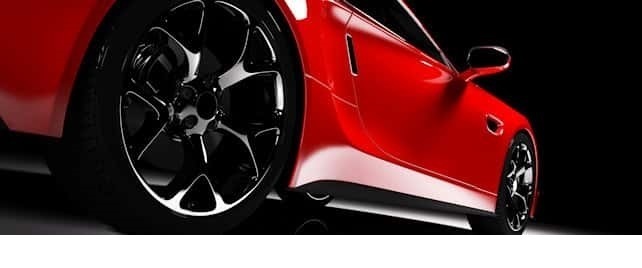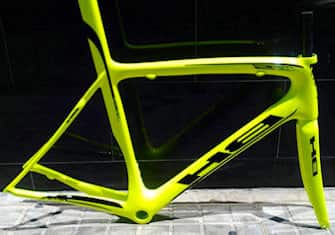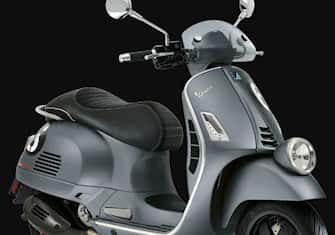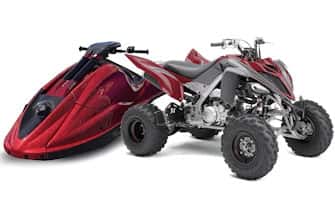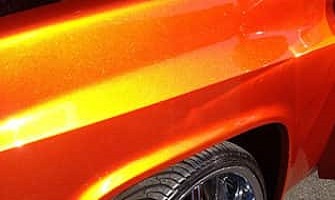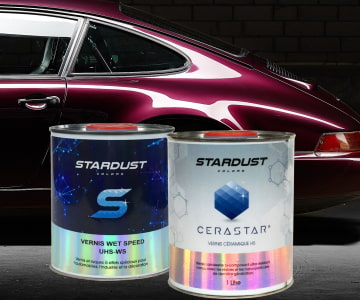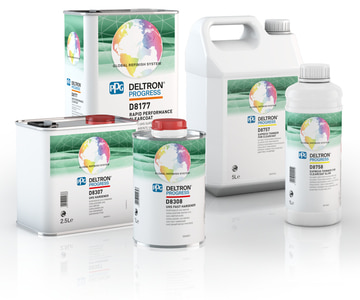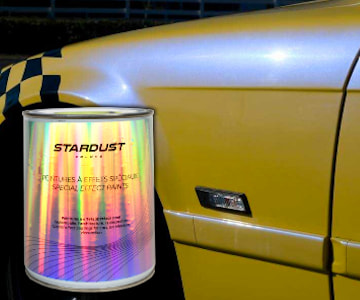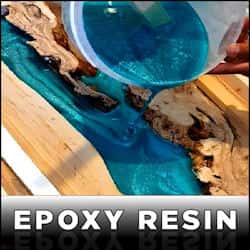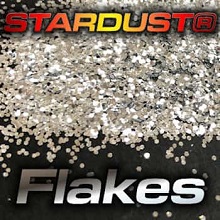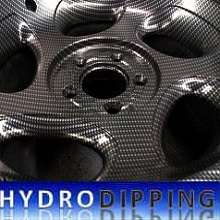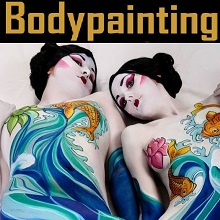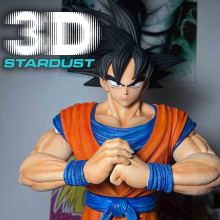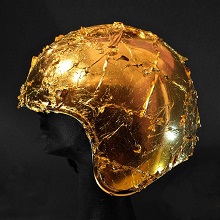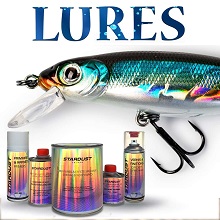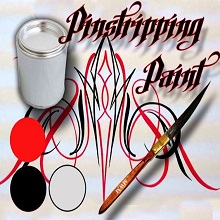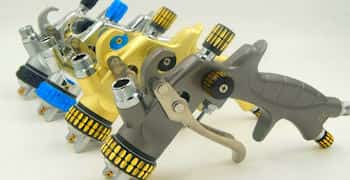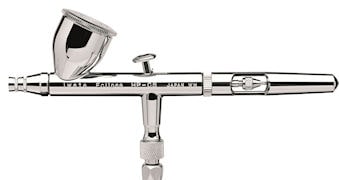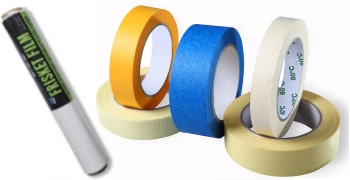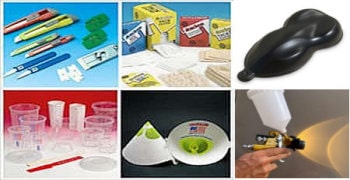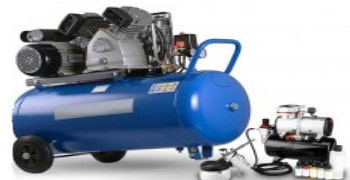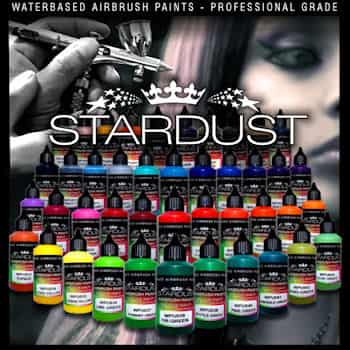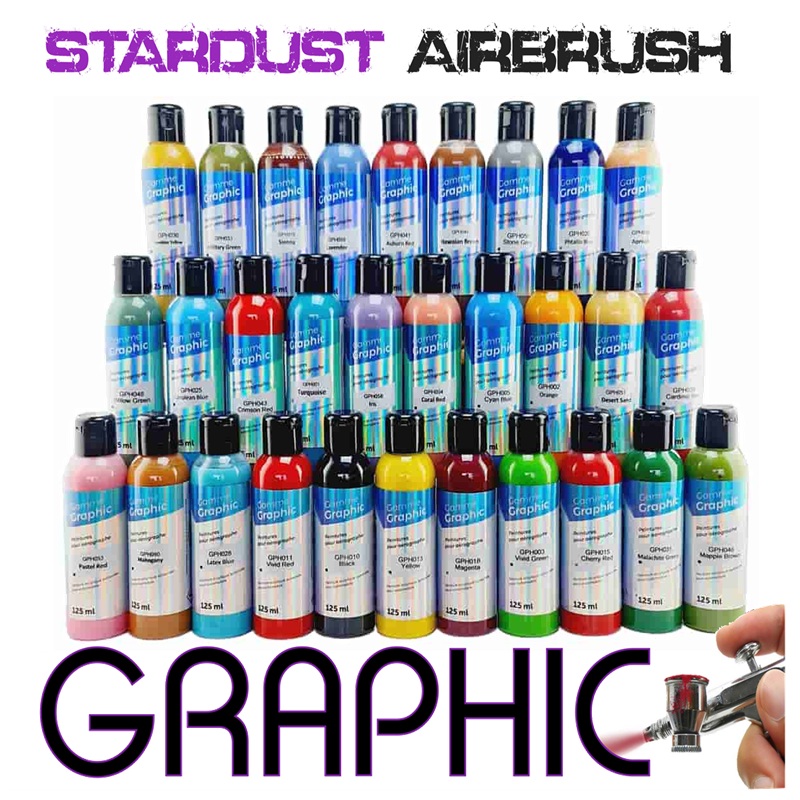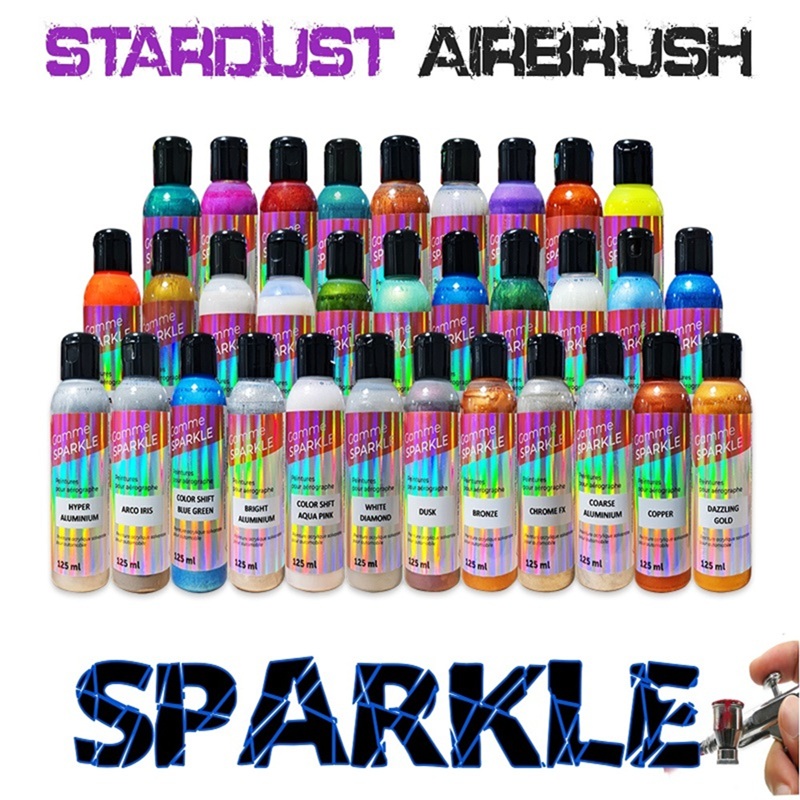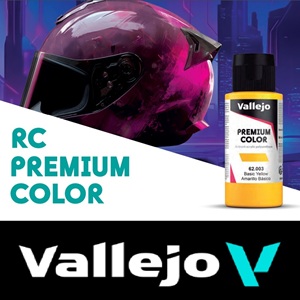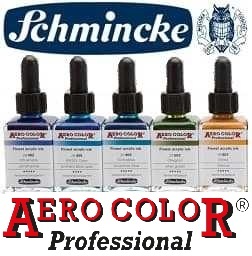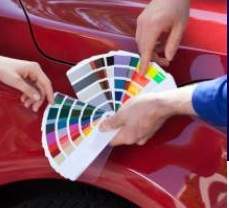A motorcycle has fairings that are generally made of different materials, mainly metal and some plastics. All these parts are usually painted with a paint classified according to Asian motorcycle colour codes ; in this case, the colour codes of the manufacturer Yamaha. To find the paint code, there are different methods described in the following paragraphs.
To order Yamaha paint, click on the product page entitled "Yamaha 1K basecoat". On this page you will simply have to choose one of the volumes of paint offered (allow 1 m² per 250 ml) and, above all, read the detailed instructions, which will help you complete your project successfully, avoiding the many possible pitfalls inherent to bodywork paint.
Yamaha brand paints are offered in ready-to-use versions of 250 ml and 500 ml. The 400 ml Yamaha spray paint version is also ready to use. We offer larger options with 1-litre and 2-litre kits, which contain the paint in its pure state along with the thinner separately. Dilution can be up to 100%.
A frequently asked question is: can professional-quality results be achieved with spray paints? The answer is clearly yes, provided you use our aerosols or other professional-grade aerosols. Never use paints sold in mainstream retail outlets. The same paints are used in our cans as in our aerosols, which we fill on demand the same day.
As for our clearcoat aerosols, these are also professional-grade bodywork clearcoats, which contain an internal compartment with hardener, allowing the creation of a two-component polyurethane bodywork clearcoat that is as durable as those used by professional painters.
Yamaha motorcycle colour codes
The paints of this Japanese manufacturer are extremely fine and particularly beautiful, with a level of refinement rarely seen in the automotive world. They use ultra-fine pearlescent pigments and transparent shades. They can be more complex to apply when they are multi-layer paints. However, in general application, these are solvent-based 1K basecoats that are particularly easy to work with.
The simple trick for optimal results with these motorcycle paints is to apply several very thin coats in quick succession, only 1 to 2 minutes apart. Each step — undercoat, paint, and clearcoat — follows directly after the other, ensuring cohesion. This is the technique professionals call “wet on wet” application.
Yamaha paints can be more complex in some cases, as certain colours have partial transparency and require a specific background colour. In most cases, this is a primer. This primer can be one of three reference shades of grey, a white for light colours, or even a black primer.
For some Yamaha colour codes, a specific coloured undercoat from the manufacturer may be required. In the motorcycle paint industry, this type of paint is called a “First Coat”. It has the same colour code, with “/1” added. For Yamaha colours, there can therefore be three-layer or even four-layer systems. The layering of different coats creates optical effects, with light passing through tinted transparent layers and reflecting off opaque, reflective ones.
Although this may sound complex, painting a Yamaha motorcycle is relatively straightforward. Our team is here to advise you — from choosing the primer to selecting the right clearcoat.
Today, it is no longer possible, as it once was, to achieve a glossy finish in a single coat. Most paints are now multi-layered.
The history of the Yamaha manufacturer
Yamaha is a world-renowned Japanese motorcycle manufacturer. Its activities extend far beyond motorcycle production, including snowmobiles, jet skis, quad ATVs, as well as more specialised sectors such as musical instruments and engines.
The company was founded in 1887, almost 140 years ago, by a Japanese craftsman named Yamaha, who was a watchmaker and instrument maker. He was an expert in his field, building organs and working in mechanics.
Motorcycle development, production, and sales began after the Second World War. During the war, Yamaha had been forced to completely stop instrument production to manufacture aircraft propellers for the military, as requested by the government.
From this enforced change came a major diversification and strong company growth. Immediately after the war, the manufacturer explored various avenues for diversification in a partly devastated Japan. It moved into producing sewing machines, automobiles, and motorcycles.
The separation between Yamaha’s various activities and the creation of a group dedicated exclusively to motorcycles and engines — Yamaha Motor Corporation — took place in 2001. Throughout its history, the manufacturer has continued to grow and diversify through the acquisition of external companies.
Where to find the colour code of your Yamaha motorcycle ?
Your paint reference can be found on the original documents provided when purchasing the motorcycle. If your motorcycle was bought second-hand and you do not have these documents, contact the nearest Yamaha dealer. These specialists should normally be able to give you the exact colour reference for your motorcycle based on its model, year, and colour.
In practice, however, obtaining a Yamaha colour code is often more difficult. One of the richest and most reliable sources of information is online discussion forums: there are many forums dedicated to Yamaha and its motorcycles, where users exchange all kinds of technical and paint-related information.
If you do not have a colour code, it is not useful to contact us, as we cannot search by model or year alone. However, we can confirm and verify a reference by telephone or email, letting you know whether it exists and whether it is available. Many colours are not available because they have never been matched.
The iconic colours of Yamaha motorcycles
Perhaps Yamaha’s most famous shade is Pearl Blue — a colour mastered to perfection by the brand’s colourists, with exceptional finesse and captivating depth. It is also special because it is produced in three layers.
Our database contains over a hundred manufacturer colour recipes for Yamaha. As with all motorcycle brands, Yamaha identifies its paints using two pieces of information: the colour code (composed of letters and numbers) and the colour name, which is always given in English.
Here are some examples :
0035 SILVER YAMAHA MOTORCYCLES 2000 -
004B BLACK 2 YAMAHA MOTORCYCLES 2000 -
0096 DARK PURPLISH BLUE YAMAHA MOTORCYCLES 2008
00AJ STORMY RED YAMAHA MOTORCYCLES 2020 -
00JY CANDY MIYABI/MAROON YAMAHA MOTORCYCLES 1995 -
0102 BLUE YAMAHA MOTORCYCLES 1996 -
0137 LIGHT GREY YAMAHA MOTORCYCLES 1996 -
0583 DARK PURPLISH BLUE SOLID YAMAHA MOTORCYCLES 2009
Honda motorcycle colour code
Kymco motorcycle colour code
Sym motorcycle colour code
Suzuki motorcycle colour code
Kawasaki motorcycle colour code







